

Maize-legume: Savings in Soil, Growth in Profit
This practice harnesses biological nitrogen fixation in legume roots, benefiting the productivity of rotated or intercropped maize crops. Assimilated nitrogen is transferred between the crops through soil processes. Mineral fertilizer application is highly efficient, and intercropping alleviates weed infestation, soil erosion, and run-off. Certain legumes reduce parasitic Striga weed infestations in maize, further enhancing crop health. Tall maize crops regulate soil temperature and improve water productivity.
This technology is TAAT1 validated.
Adults 18 and over: Positive high
The poor: Positive high
Under 18: Positive low
Women: Positive high
Climate adaptability: Highly adaptable
Farmer climate change readiness: Significant improvement
Biodiversity: Positive impact on biodiversity
Carbon footprint: A bit less carbon released
Environmental health: Greatly improves environmental health
Soil quality: Improves soil health and fertility
Water use: Same amount of water used
This technology enhances crop productivity, ensures food security, and promotes economic sustainability by optimizing nitrogen management, reducing reliance on synthetic fertilizers, and fostering healthier plant growth. It also contributes to ecosystem preservation by effectively managing weeds and combating Striga weed infestations, all while promoting sustainable agricultural practices.
To integrate this technology into your project, a series of activities and prerequisites should be outlined:
Educate farmers about the benefits of maize-legume rotation and intercropping.
Provide guidance to farmers on suitable methods for mixed cultivation and varieties based on local contexts.
Obtain high-quality seed of maize and legumes, along with mineral fertilizer and legume inoculants.
Allocate funds for training and post-training support to ensure effective utilization of the technology.
Develop communication materials like flyers, videos, and radio broadcasts to promote technology adoption.
Establish partnerships with agro-input dealers, subsistence, and commercial maize and legume farmers for implementation.
For enhanced optimization, consider associating with drought-tolerant varieties, specialized pre-plant fertilizer blending, N topdressing, and fall armyworm control in maize production.
of nitrogen carried over from soybean to maize crops
Unknown
Scaling Readiness describes how complete a technology’s development is and its ability to be scaled. It produces a score that measures a technology’s readiness along two axes: the level of maturity of the idea itself, and the level to which the technology has been used so far.
Each axis goes from 0 to 9 where 9 is the “ready-to-scale” status. For each technology profile in the e-catalogs we have documented the scaling readiness status from evidence given by the technology providers. The e-catalogs only showcase technologies for which the scaling readiness score is at least 8 for maturity of the idea and 7 for the level of use.
The graph below represents visually the scaling readiness status for this technology, you can see the label of each level by hovering your mouse cursor on the number.
Read more about scaling readiness ›
Semi-controlled environment: prototype
Used by some intended users, in the real world
| Maturity of the idea | Level of use | |||||||||
| 9 | ||||||||||
| 8 | ||||||||||
| 7 | ||||||||||
| 6 | ||||||||||
| 5 | ||||||||||
| 4 | ||||||||||
| 3 | ||||||||||
| 2 | ||||||||||
| 1 | ||||||||||
| 1 | 2 | 3 | 4 | 5 | 6 | 7 | 8 | 9 | ||
| Country | Testing ongoing | Tested | Adopted |
|---|---|---|---|
| Benin | –No ongoing testing | Tested | Adopted |
| Burkina Faso | –No ongoing testing | Tested | Adopted |
| Cameroon | –No ongoing testing | Tested | Adopted |
| Democratic Republic of the Congo | –No ongoing testing | Tested | Adopted |
| Ethiopia | –No ongoing testing | Tested | Adopted |
| Ghana | –No ongoing testing | Tested | Adopted |
| Kenya | –No ongoing testing | Tested | Adopted |
| Malawi | –No ongoing testing | Tested | Adopted |
| Mozambique | –No ongoing testing | Tested | Adopted |
| Nigeria | –No ongoing testing | Tested | Adopted |
| Rwanda | –No ongoing testing | Tested | Adopted |
| Tanzania | –No ongoing testing | Tested | Adopted |
| Uganda | –No ongoing testing | Tested | Adopted |
This technology can be used in the colored agro-ecological zones. Any zones shown in white are not suitable for this technology.

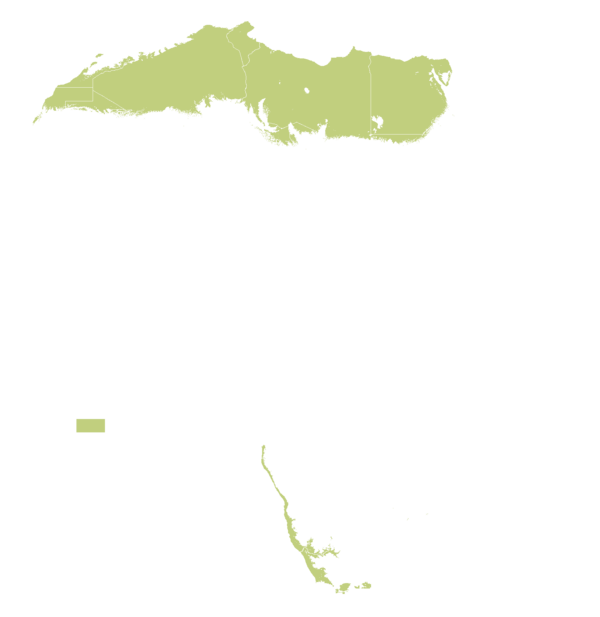

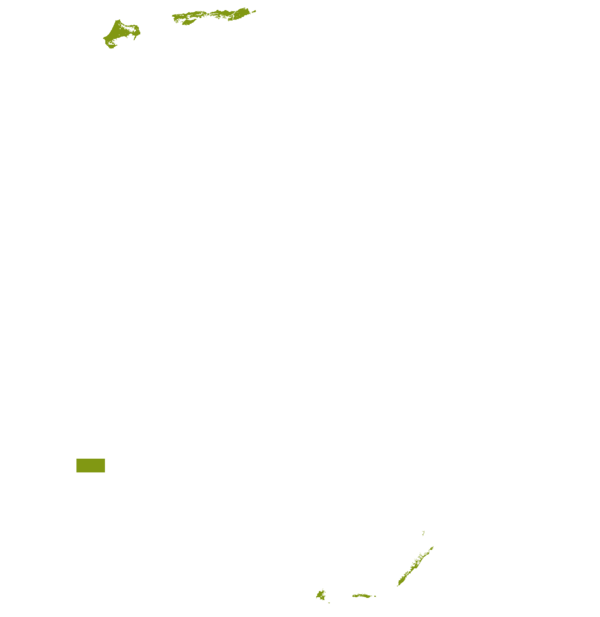






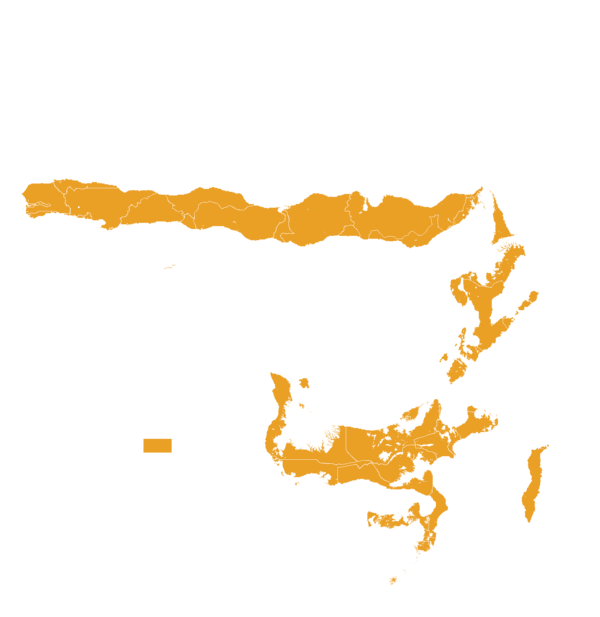


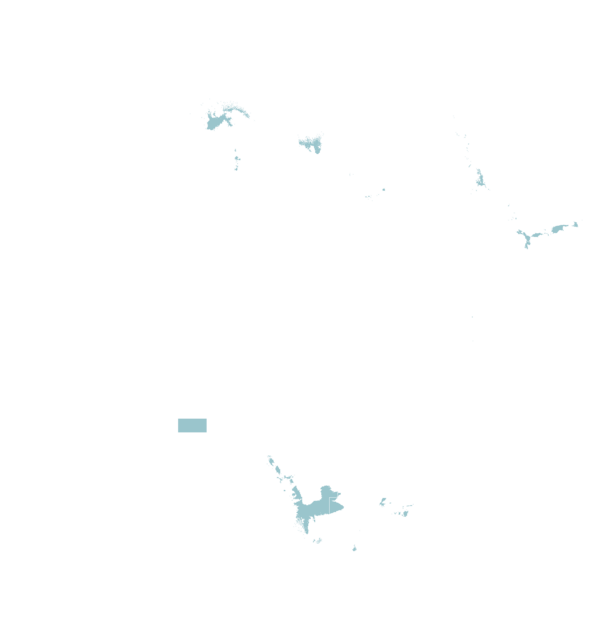

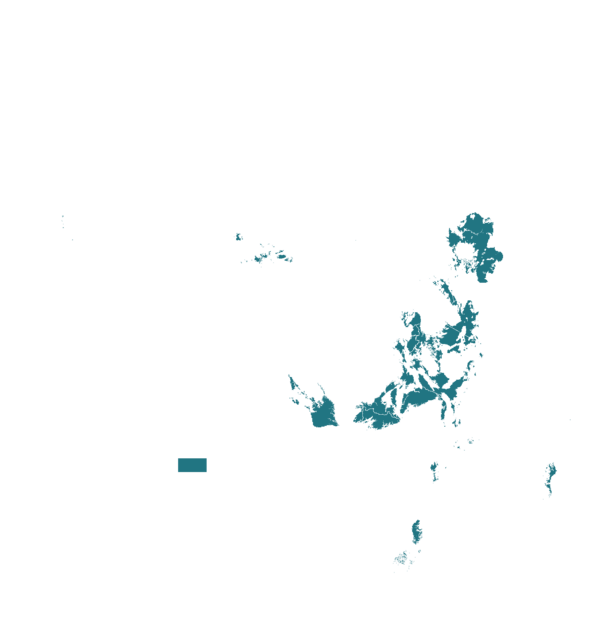

| AEZ | Subtropic - warm | Subtropic - cool | Tropic - warm | Tropic - cool |
|---|---|---|---|---|
| Arid | ||||
| Semiarid | ||||
| Subhumid | ||||
| Humid |
Source: HarvestChoice/IFPRI 2009
The United Nations Sustainable Development Goals that are applicable to this technology.
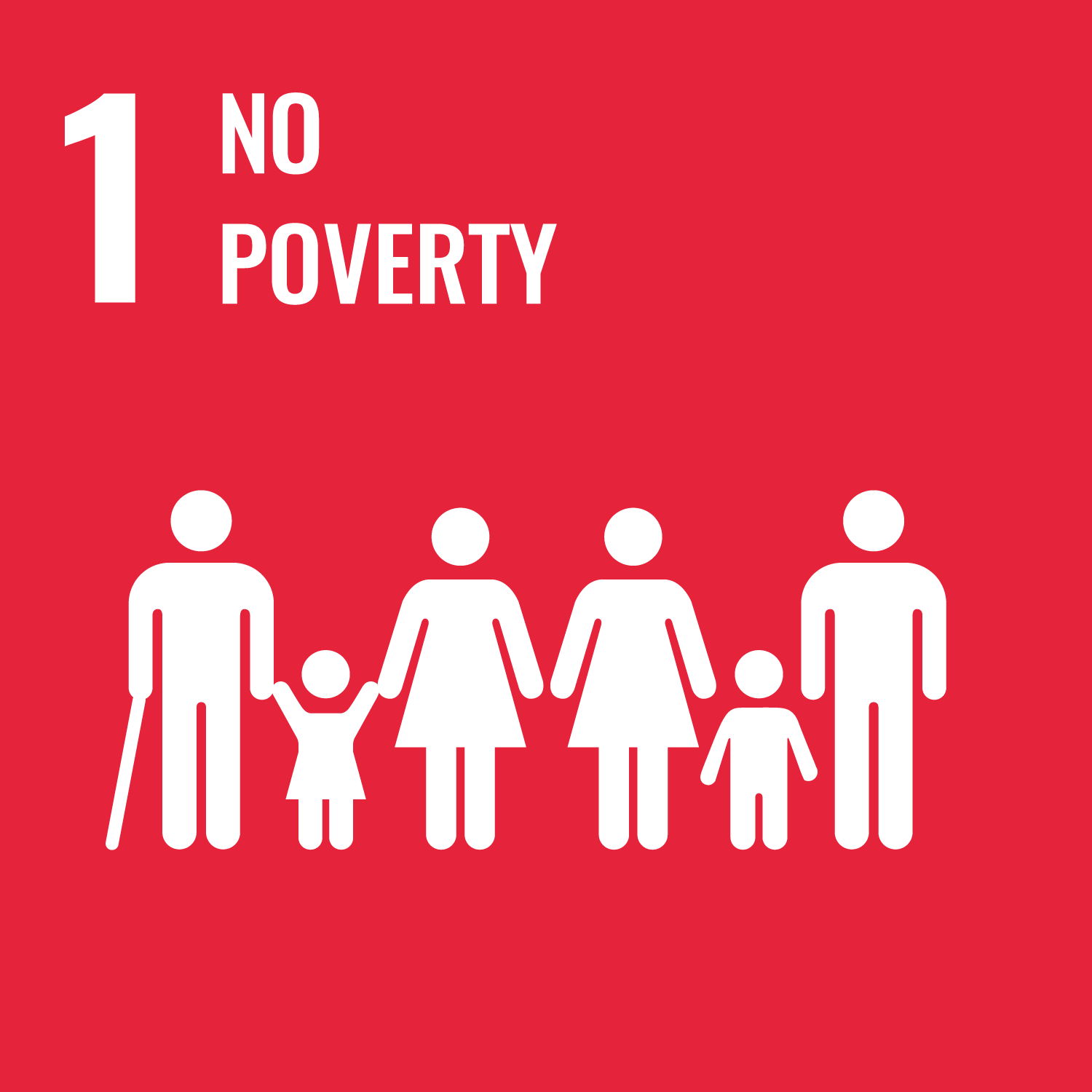


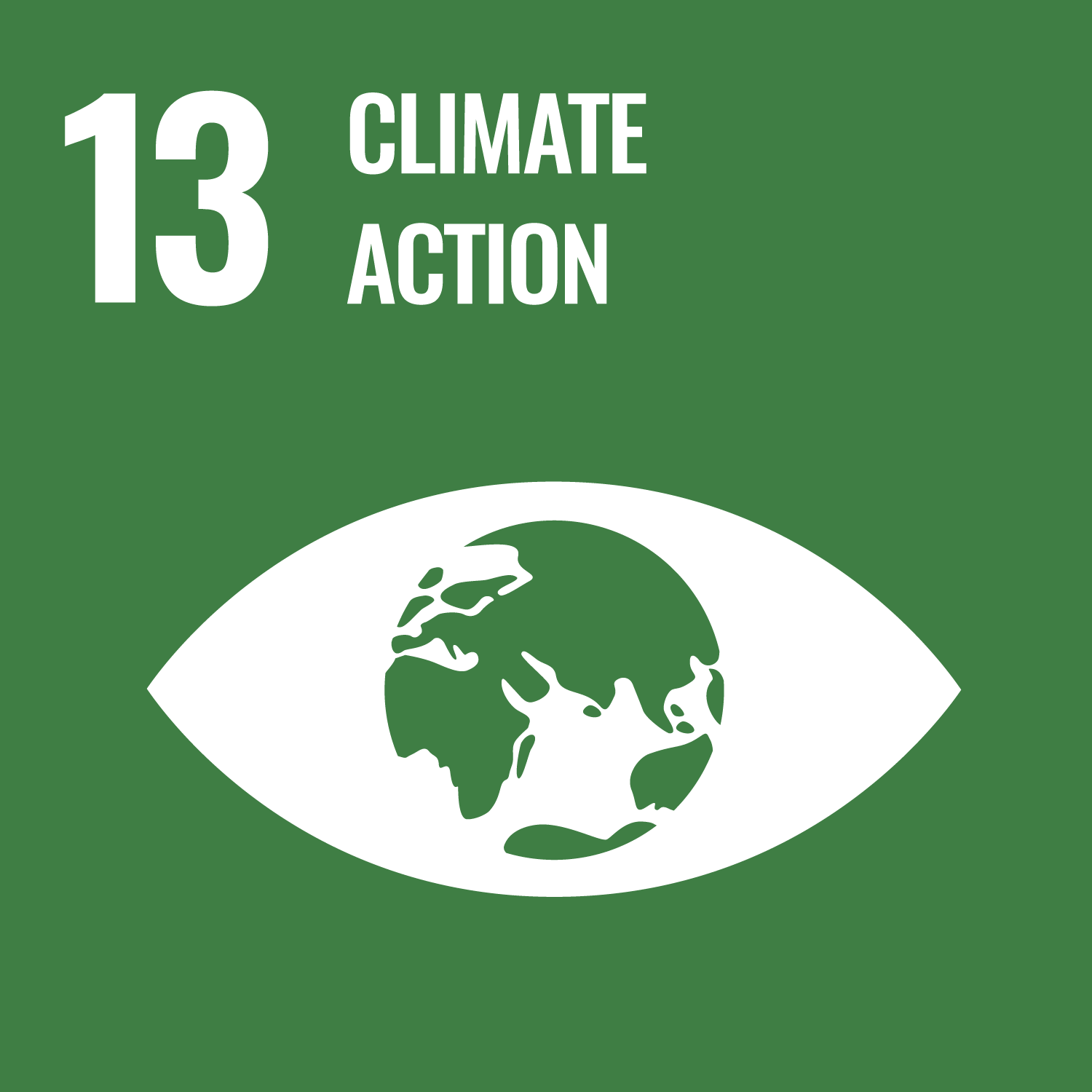
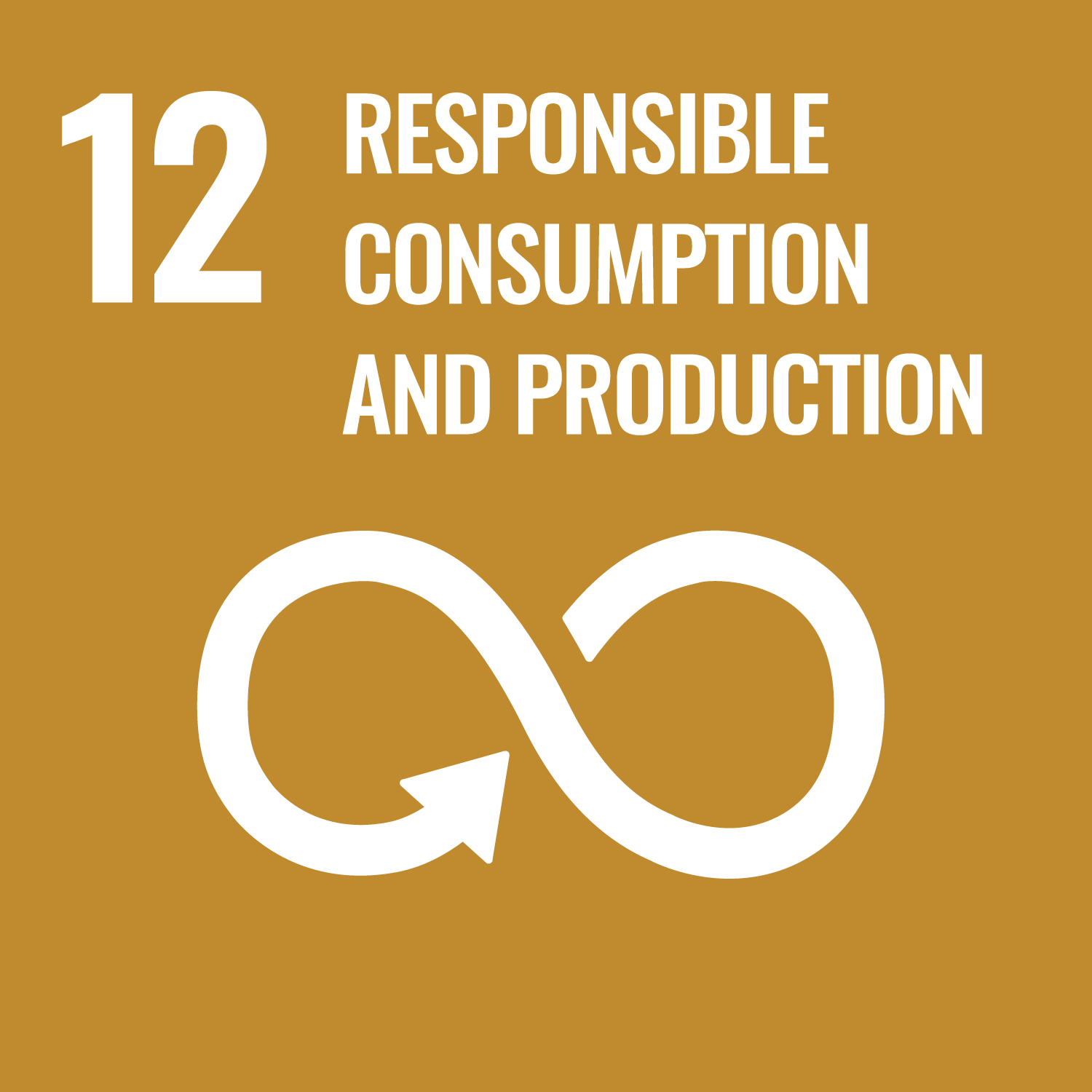
Last updated on 31 October 2025